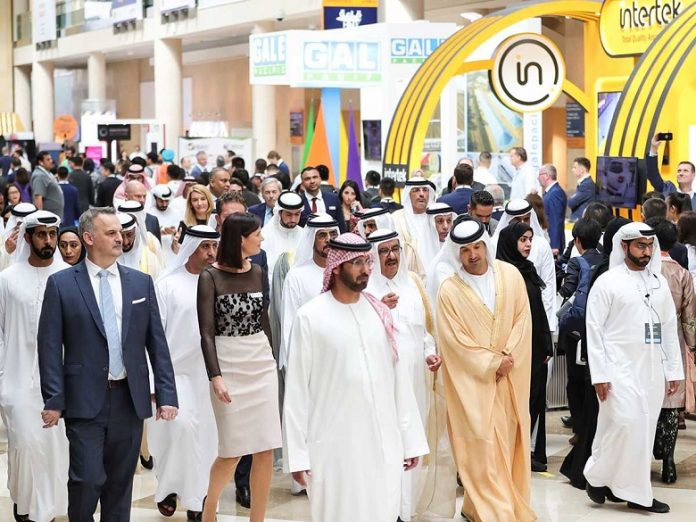
It’s an inspiring story for the ages. Of how a small regional industry event found its feet and became the benchmark that global events of the kind aspire to, even as a young city and a nation grew, building on the ambitions of its rulers and a people to claim its rightful seat in the comity of nations.
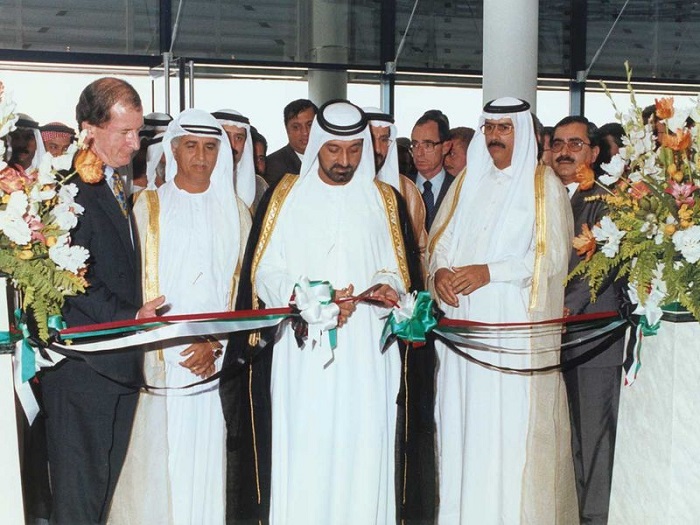
In many ways, The Big 5, the region’s largest and most influential event for the construction industry, mirrors the growth of Dubai and the UAE.
Paul Kyriazis, a past exhibitor and The Big 5 Representative for Greece, remembers how it all started 40 years ago.
Spectacular growth
“Looking at The Big 5 today, it’s difficult to believe how it all started,” says Kyriazis. “Yet, I clearly recall its first edition in 1979, when the show took place under a tent alongside the Dubai Creek, and only had three little halls dedicated to ventilation and air conditioning, water treatment, and building materials.
“As a Greek exhibitor at that time, I witnessed in first place both the potential of the local market and the benefits to participating in The Big 5. That is why I started promoting the event in Greece.”
Launched in the same year that saw the opening of Jebel Ali Port, another Dubai icon and currently the largest port in the Middle East, this comparison is also testament to how much both The Big 5 and Dubai have successfully achieved in the relatively short span of four decades.
Building an Emirate
Since its launch, The Big 5 has constantly provided a platform for and become a key player within the region’s booming construction industry, reflecting the growth of Dubai, the UAE and the Middle East.
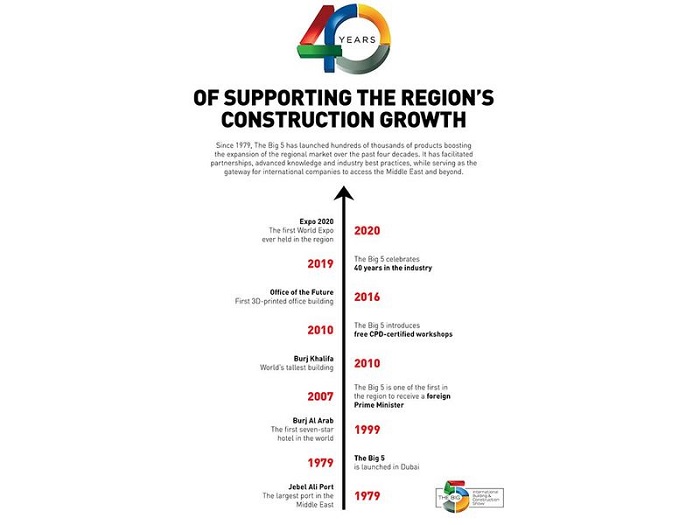
For instance, in 2001, two years after the opening of the iconic Burj Al Arab in 1999, the world’s tallest hotel at the time and first seven-star hotel, The Big 5 welcomed 1,000 exhibiting companies for the first time, cementing Dubai’s stand as a construction hub and attracting the world’s attention towards the fact that the Emirate was the perfect destination to conduct business in.
The Big 5 continued to set benchmarks in the new millennium as Dubai set the pace.
Setting the bar
The Big 5 also helped support the narrative that Dubai was not just about the largest and tallest, the Emirate was also very particular about observing industry best practices while achieving all that it did.
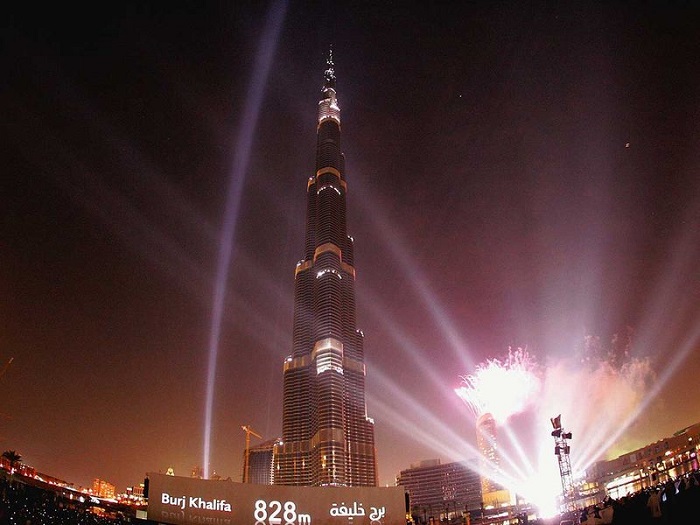
In 2010 for example, right after the inauguration of the Dubai Mall, the world’s largest mall, and the Burj Khalifa, the world’s tallest building, The Big 5 introduced the first Continuing Professional Development or CPD-certified workshops to help train industry professionals and serve the sector by promoting best practices and innovation.
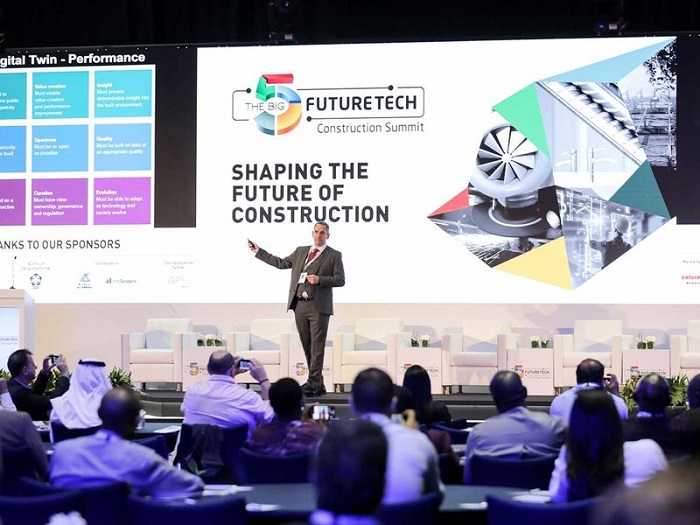
Having launched hundreds of thousands of similar programmes and products, and facilitating enduring partnerships, The Big 5 has helped boost the regional construction industry in the four decades since its inception in 1979.
It also opened doors for international companies to access the Middle East and beyond, much the same way Dubai acted as a conduit for global nations seeking access to emerging markets.
Gateway to opportunity
Matt Denton, President, dmg events, organisers of the Big 5, says, “The Big 5 has been the gateway for thousands of international manufacturers, suppliers and construction professionals from all around the world to do business and build their client networks in the UAE and wider Middle East and Africa regions.”
Building on this success story 40 years in the making, The Big 5 in its 40th year looks forward to the next 40, seeking to continue to set the bar on innovation within the industry and present growth opportunities for its partners.
Josine Heijmans, Portfolio Director, The Big 5 couldn’t be more succinct when she says, “Today, celebrating this important milestone, we keep looking ahead as we continue to innovate and improve our events to meet the ever-changing needs of the construction community and make a positive impact in the sector.”
And these needs are big.
$3.7 trillion
Running from November 25 to 28 at the Dubai World Trade Centre, The Big 5 this year is expected to see more than 68,000 construction professionals in attendance, with 2,200 exhibitors participating and 134 nations being represented.
These huge numbers gather to showcase, discuss, ideate, collaborate and be a part of the $3.7 trillion worth of planned projects that the MENA offers, where construction and civil construction projects alone account for $2.4 trillion, according to a report published by regional business intelligence provider, Meed, for The Big 5.
A large chunk of these projects is being undertaken in Saudi Arabia, Egypt and the UAE.
Saudi Arabia rising
The report draws attention to mega builds such as Qiddiya, a project being developed in Riyadh at an estimated cost of $4 billion, and that caters to the rapidly burgeoning needs of the Kingdom in the fields of sport, culture and entertainment. Featuring 300 recreational and educational facilities spread across five themes including parks and attractions, sports and wellness, motion and mobility, nature and the environment and arts and culture, the project, currently in the study phase is being developed by the Qiddiya Investment Company.
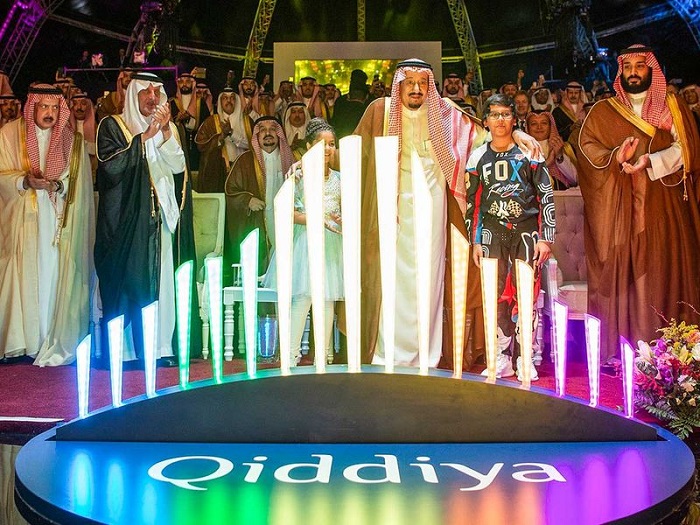
A similar project but on a bigger scale is the King Salman Park in Riyadh, Saudi Arabia. Expected to contribute towards the Saudi Vision 2030 by providing a platform that will host sporting, cultural and entertainment-related events, the project, currently in the design phase covers 13 square kilometres of land and will be connected to the public transport system via the Riyadh Metro green line. To be built at an estimated cost of $17 billion, the project is being developed by the Riyadh Development Authority.
However, Saudi Arabia’s most ambitious project, and its biggest yet might well be NEOM.
Currently in the construction phase, the smart city project is being built from the ground up and will cover 26,500 kilometres of land, acting as a fulcrum to promote and showcase Saudi ingenuity and drive across 16 key economic sectors. Being built at an estimated cost of $500 billion, the project is being developed by the Saudi Public Investment Fund.
Egypt in the mix
Egypt has joined the fray with a series of big-ticket projects as well, foremost among which is the development of the country’s new administrative capital. Covering 725 square kilometres and to be built by Egypt’s Administrative Capital for Urban Development at an estimated cost of $45 billion for Phase 1, the project will provide 650 kilometres of roadworks and give rise to 21 key residential areas, housing 6.5 million people.
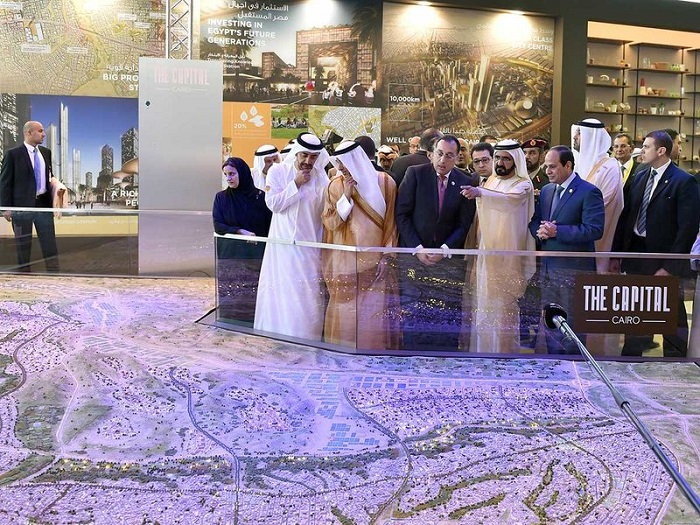
However, Dubai and the UAE continue to set the bar in iconic construction developments for the region, and the world.
UAE most diverse and innovative market
The UAE is the most diverse, innovative and pro-active of all the MENA projects markets. In terms of annual contract awards it is the largest market, and shows few signs of slowing given the large number of new project launches over the last 18 months.
Today, there are more than $500 billion worth of known planned and un-awarded projects in the pipeline the UAE which makes it the largest future market in the region, just behind Saudi Arabia, and far ahead of any other country, with more than $380 billion being located in Dubai alone. Projects such as the Dubai Creek Harbour and Downtown Jumeirah are a case in point.
Built at an estimated cost of $17 billion, Dubai Creek Harbour is a six-square-kilometre waterfront mixed-use development, expected to accommodate 200,000 people. The integrated community provides up to 7.3 million square metres of residential space, a 900,000-square-metre retail district as well as up to 22 hotels. It will also be home to the world’s tallest tower, the Creek Tower. Currently in the construction phase, the development has been undertaken by Emaar.
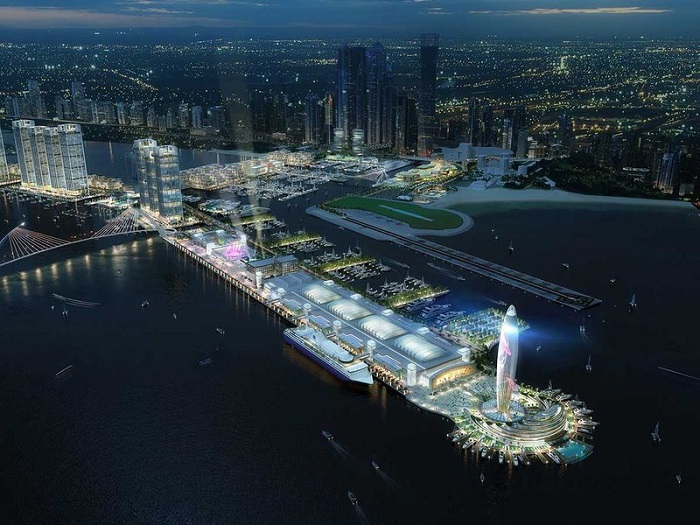
Downtown Jumeirah will be equally iconic once complete. Currently in the design phase, the mixed-use master plan offers the 550-metre Burj Jumeirah as a centerpiece, complemented by residential, commercial and hotel towers around it. Estimated to cost $3 billion, the development is being managed by Dubai Holding.
With so much of money on the boards, The Big 5 as the regional yardstick event for the construction sector, is driven to provide even more innovative and curated platforms to meet sectoral demands. And with more product sectors than ever before in its 40th year, The Big 5 delivers yet again.
From inception to completion
In its bid to stay innovative and set the bar, the current edition of The Big 5 is therefore introducing the brand new Offsite & Modular Construction Sector for the first time at the current edition.
“With rapid and efficient construction delivery being in high demand, buyers require state-of-the-art offsite and modular construction solutions for residential, educational, healthcare as well as commercial applications,” Heijmans explains.
The Big 5 this year presents six specialised shows alongside the regular sectors, providing 360-degree building solutions, from inception of construction projects to their completion:
The Big 5 Heavy: The largest exhibition dedicated to the infrastructure and heavy construction industry in the Middle East
Middle East Concrete: The leading platform for the concrete industry in the region
HVAC R Expo Dubai: Middle East’s leading platform connecting the heating, ventilation, air conditioning and refrigeration industry
Middle East Stone: The region’s premier event for natural stone, marble, granite, design and technology
The Big 5 Solar: Middle East’s only dedicated platform for solar solutions in construction
Urban Design & Landscape Expo: The region’s premier trade event for urban green spaces
Ease of doing business
The UAE has always taken pride in being among the most open and stable economies in the Middle East, factors that have attracted many international companies to enter and set up base in the region. The ease of doing business that the nation promotes has also attracted the best brands and talents to participate, network and find new business at influential events such as The Big 5, a fact seconded by Kyriazis.
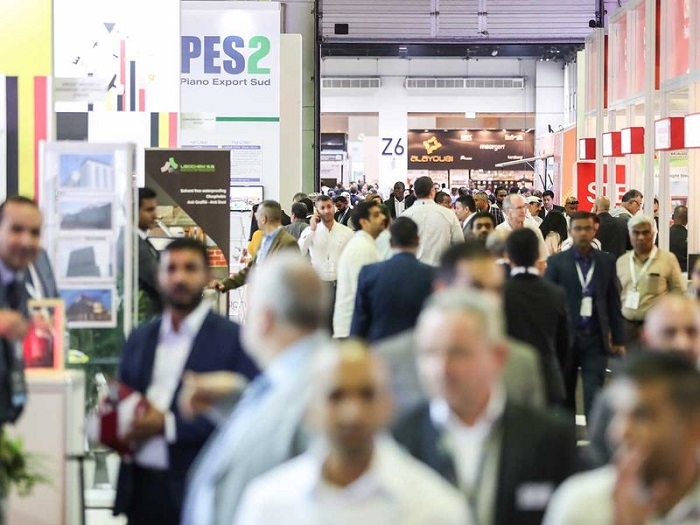
“The Big 5 is the annual meeting point for everyone in the construction industry,” says Kyriazis. “That is because the UAE is an easy place to travel to, there are no complicated visa requirements, so companies from across the globe can simply say “let’s meet at The Big 5 once a year!”.
Source: gulfnews.com







































